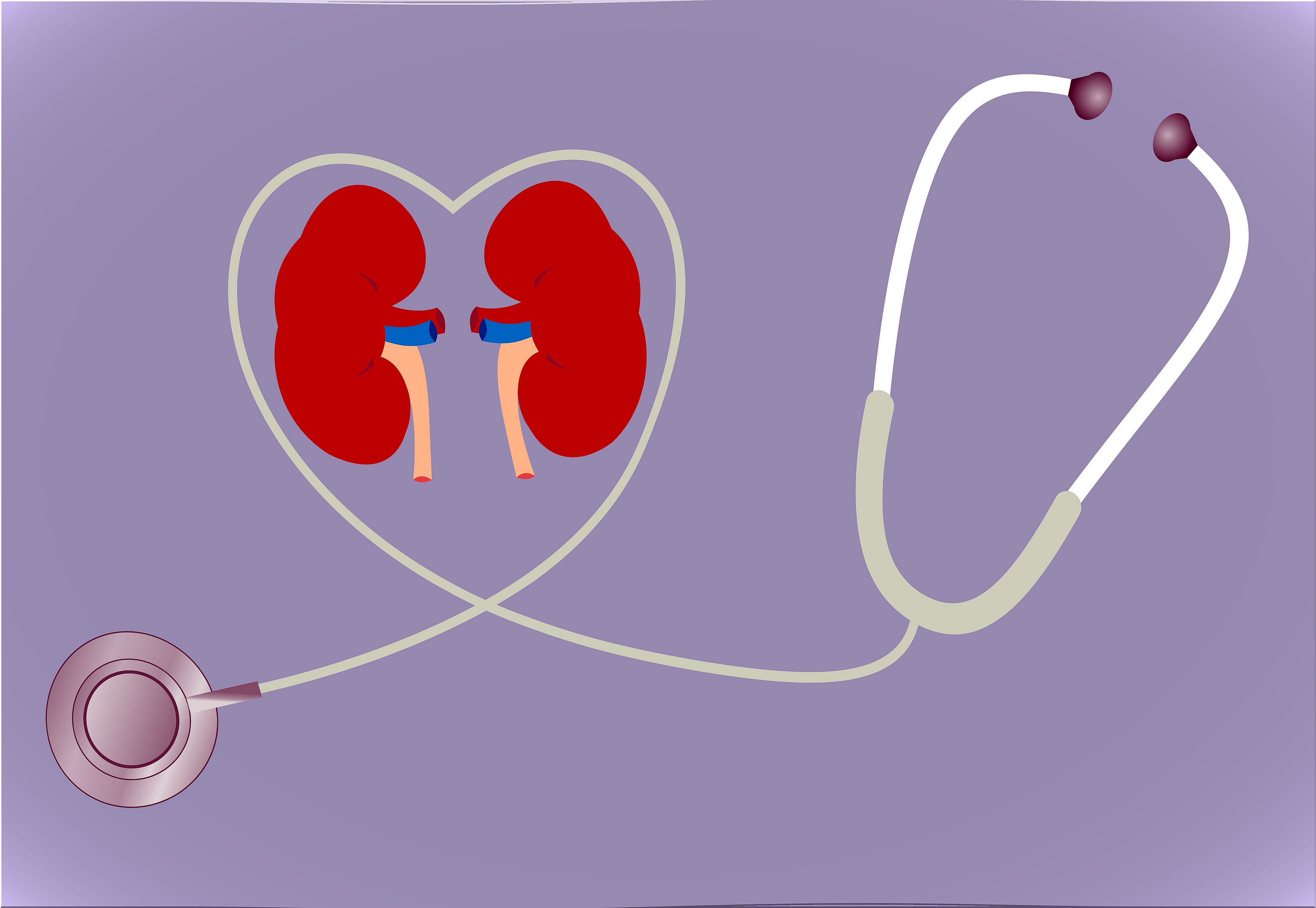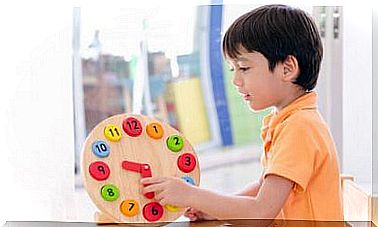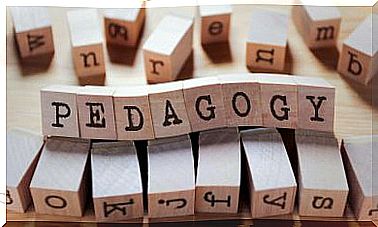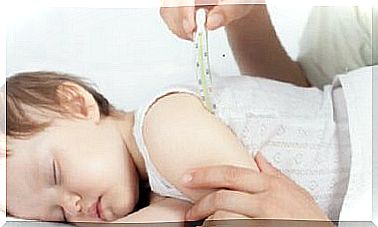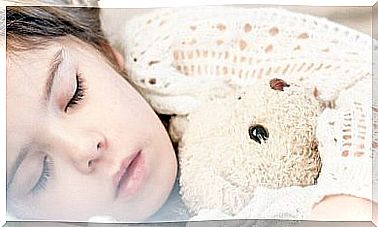Schönlein-Henoch Purpura In Children
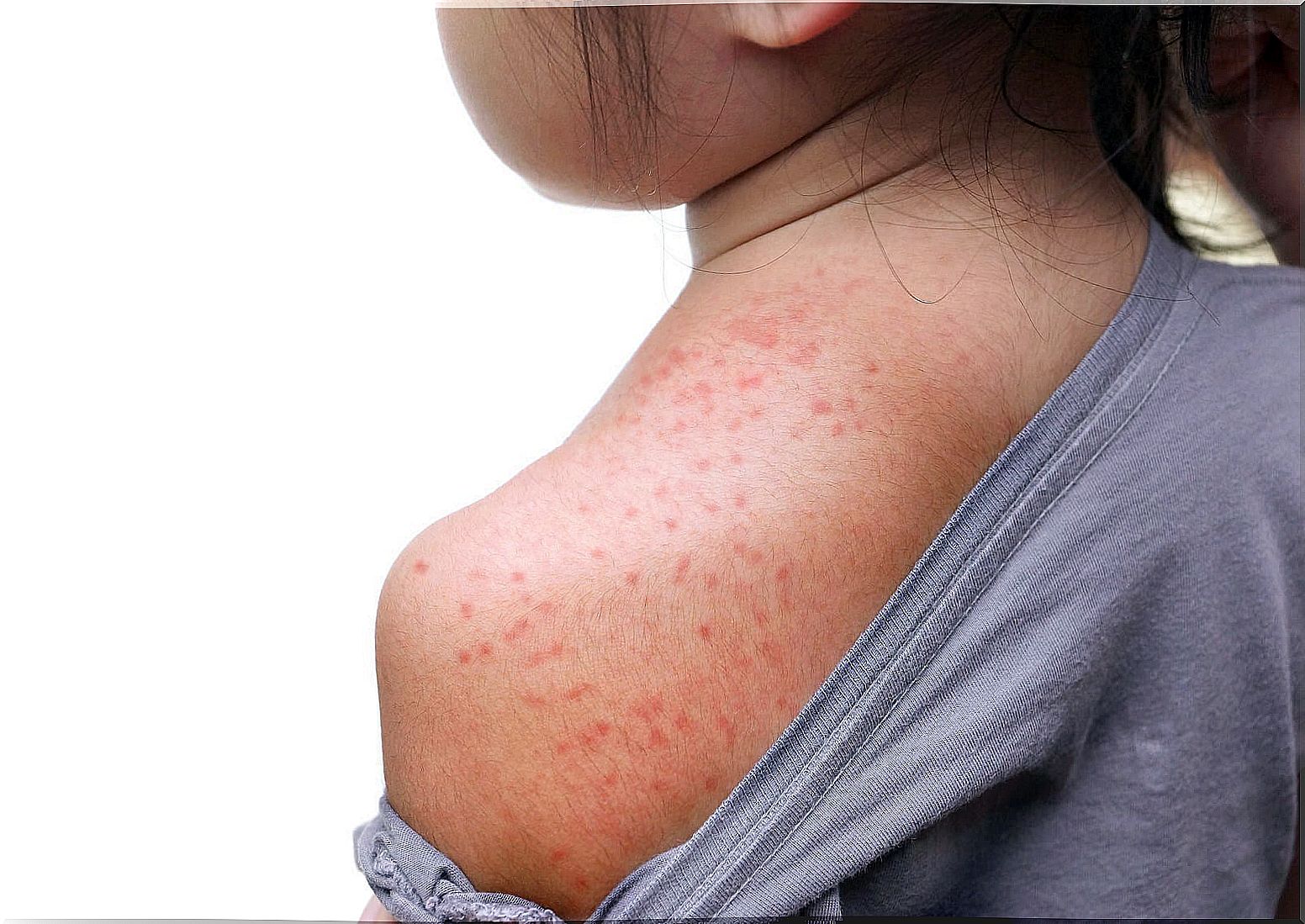
Schönlein-Henoch purpura is the most common vasculitis in children. Vasculitis are pathologies in which the blood vessels throughout the body become inflamed. Although it can affect anyone, it is more common in middle-aged children.
Usually, it is solved without problems. Even so, in some cases it can leave sequelae. Therefore, we tell you everything you need to know about this disease in children below.
What is Schönlein-Henoch purpura?
As we have said, Schönlein-Henoch purpura is the most common vasculitis in children. Vasculitis are a group of diseases in which the body’s immune system attacks its own blood vessels. Consequently, these become inflamed.
In the case of Henoch-Schönlein purpura, the vessels that are most affected are the small ones, especially the vessels of the child’s digestive tract, skin, and kidney.
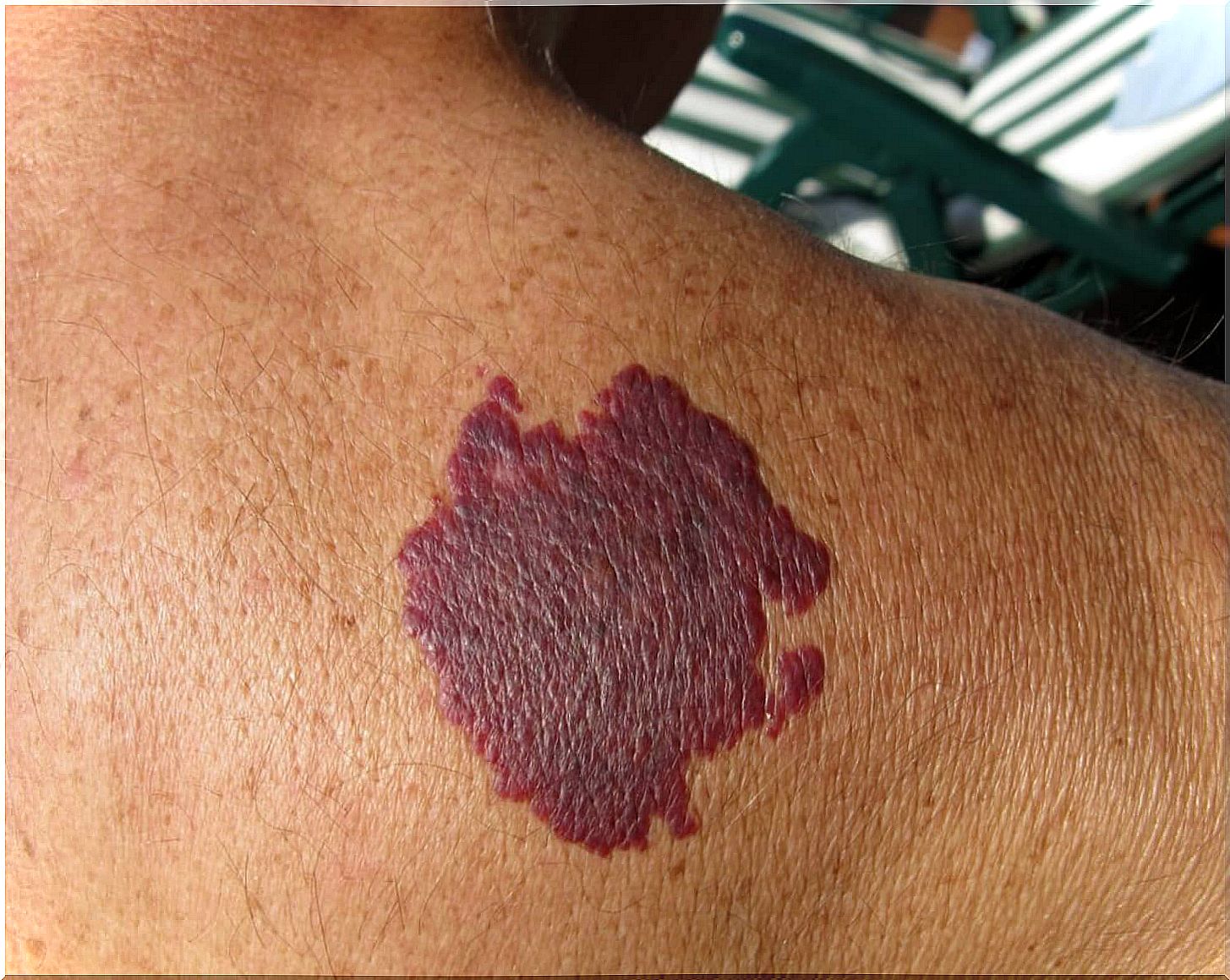
Thus, this pathology can affect any age range. Despite this, it is more common in children two to six years of age and is slightly more common in boys. Likewise, this disease is more frequent in cold seasons, that is, in winter. This occurs because, in many cases, it occurs after viral infections, such as colds. Although it is not strange to observe this phenomenon, the exact causes of the disease are not known.
What symptoms does it produce?
As in most diseases, the symptoms are not the same for everyone who has it. These will vary in intensity and will not always be the same from one person to another. All of them are related to blood vessel damage. Thus, the most common symptoms of Henoch-Schönlein purpura are
- Purpuric rash. These are red spots that appear on the skin. These are elevated relative to the surrounding skin, so they are felt to the touch on physical examination. Although they can appear anywhere on the body, their most typical presentation is on the child’s legs and buttocks.
- Abdominal pain. The abdominal pain that appears is similar to that of infantile colic. This occurs around the navel and may be sharper after meals. In addition, on some occasions, it is accompanied by nausea and vomiting and even the appearance of blood in the stool.
- Inflammation and pain of the joints. The most common is that it affects few and large joints, such as ankles and knees. Children, especially younger ones, may refuse to walk because of pain.
- Kidney involvement. When the blood vessels that support it are damaged, the kidney, which is a sensitive organ, can suffer consequences in its function.
The outbreaks usually last about 4 weeks and they may recur for months or years in the child.
What is the prognosis for Henoch-Schönlein purpura?
Most often, after an outbreak or the recurrence of some outbreaks, this disease ends up spontaneously disappearing, even without treatment. However, there are times when some complications can occur in the course of the disease.

An example may be intussusception. In addition to these complications in the acute phase, it is possible, although it is not the most common, that there are sequelae after outbreaks. These sequelae are usually related to kidney involvement. This is why kidney function will be monitored for some time after the pathology has disappeared.
It may interest you: Kawasaki disease in children
Diagnosis and treatment
In most cases, the presentation of this disease is very characteristic. This will make it enough for the specialist to have a good medical history and a correct physical examination to establish the diagnosis. On rare occasions, it is usually necessary to carry out more complementary tests.
It will be the doctor who decides in each case which is the most appropriate treatment. In general, this is usually symptomatic. It will be based on analgesics and anti-inflammatory drugs in the appropriate doses for each child until the condition is resolved. In some cases, they will be treated with other drugs, such as corticosteroids.
Regarding the Schönlein-Henoch purpura in the child, you should know …
It is not an uncommon pathology, especially in winter months and after the child suffers from viral infections, such as a cold or pharyngitis. Despite this, it is not a serious disease and it usually heals, even without treatment, without leaving sequelae.
Even so, as always, before any symptom or alarm sign that makes us suspect any disease in our child, we must go to the specialist. This will be the one who confirms the diagnosis and establishes the most appropriate treatment for each case.
